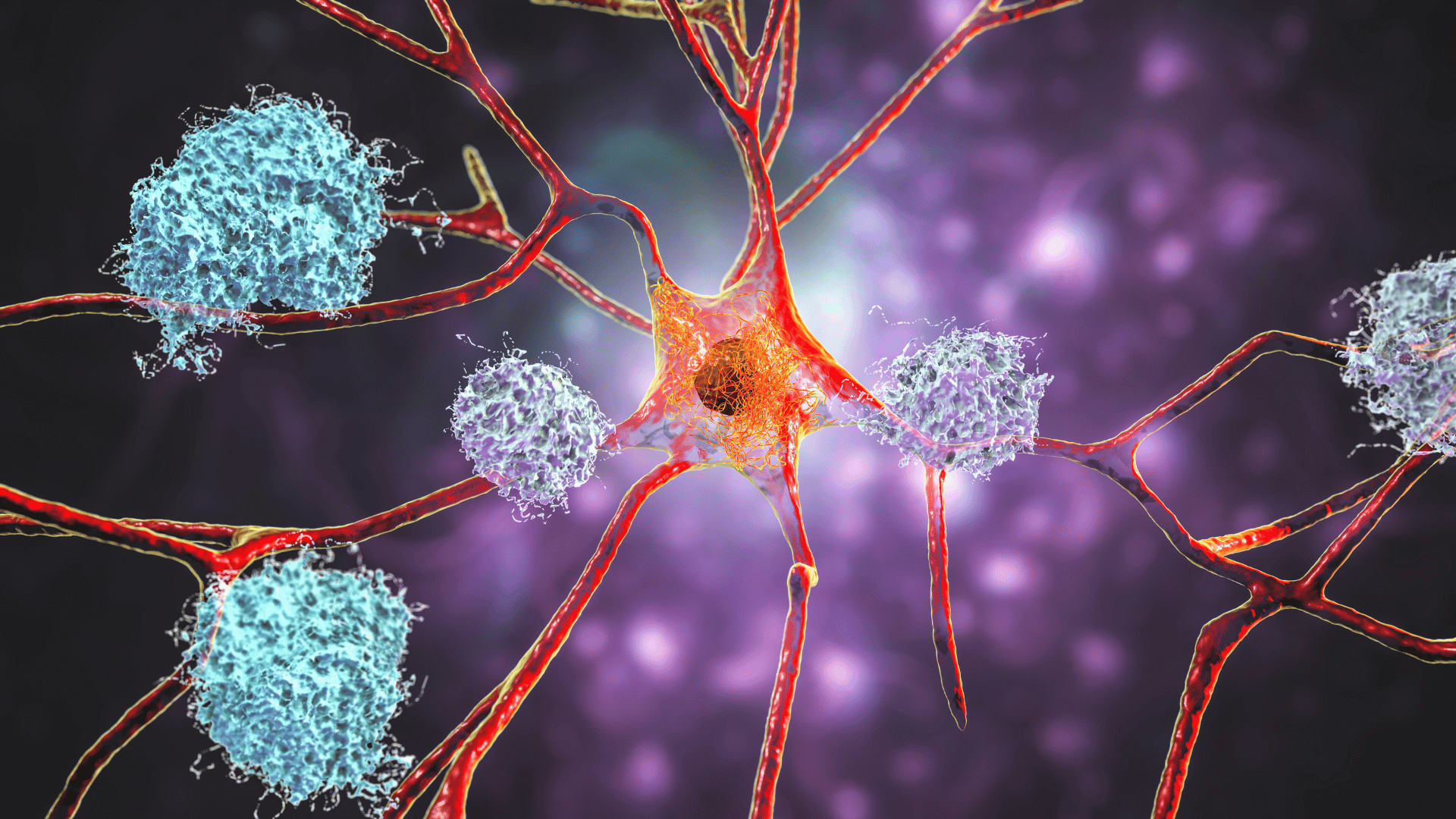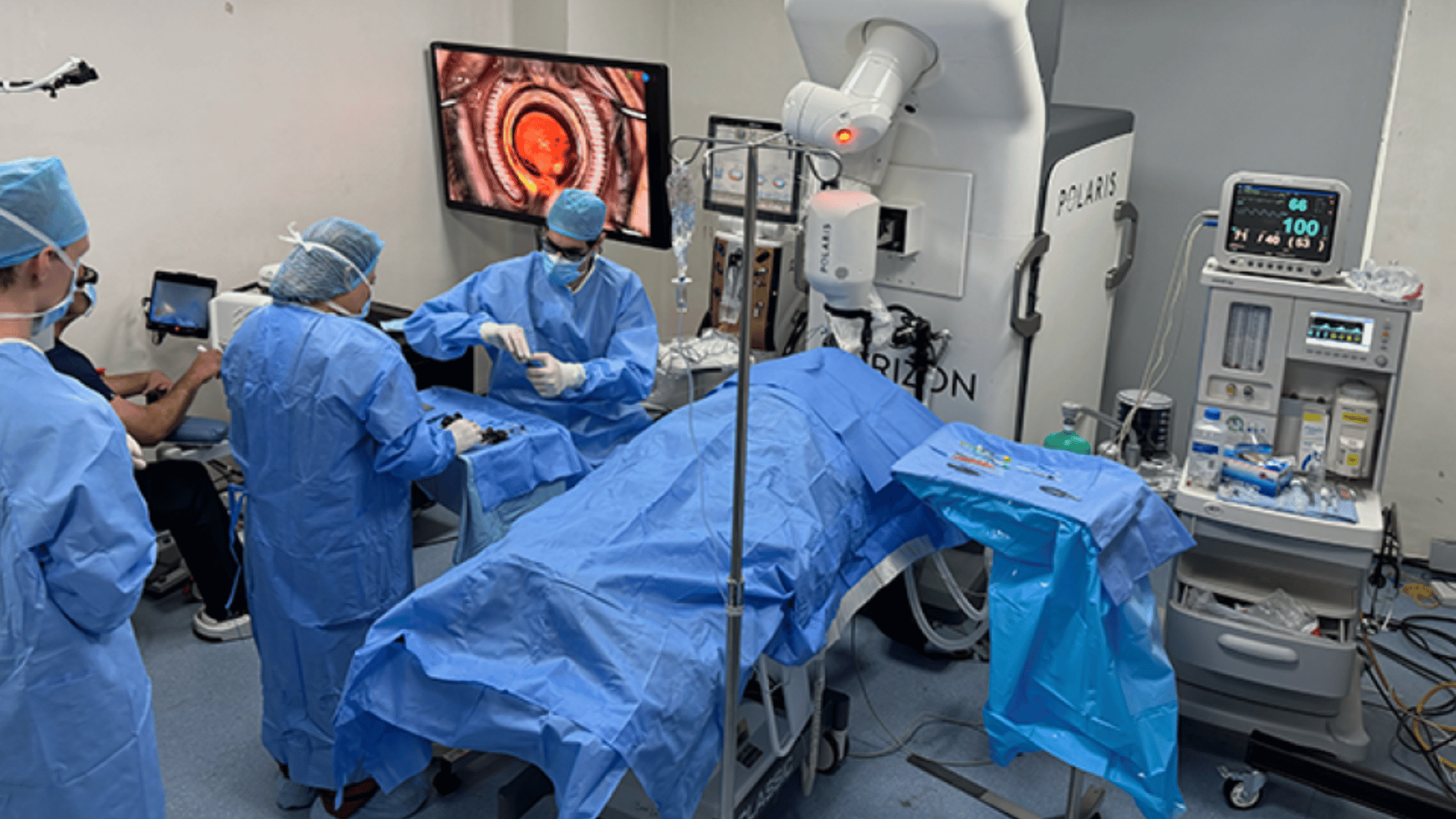In a breakthrough for Alzheimer’s research, an international team successfully reversed the disease pathology in mouse models after administering just three injections of specially designed nanoparticles.
The results were published in the Signal Transduction and Targeted Therapy Journal. Researchers say the therapy strays radically from decades of research focused on neurons. Instead, this method targets the brain’s vasculature. The international team is co-led by researchers from the Institute for Bioengineering of Catalonia (IBEC) and the West China Hospital, Sichuan University (WCHSU).
Their strategy centers on restoring the proper function of the vascular gatekeeper that protects and regulates the brain’s delicate internal environment, called the blood-brain barrier (BBB). Researchers engineered the nanoparticles as therapeutic agents that are bioactive, rather than acting as simple carriers. They call them “supramolecular drugs.”
Researchers say the precision-designed drugs act as a switch. By engaging receptor trafficking at the cell membrane, the brain’s natural clearance system removes the accumulated toxic “waste protein,” known as amyloid-β (Aβ).
Reversing Alzheimer’s Disease

The accumulation of Aβ is a key indicator of Alzheimer’s disease. A protein called LRP1 normally acts as a doorway, allowing the harmful Aβ to exit the brain and enter the blood, where it can be removed. However, this clearance mechanism fails in Alzheimer’s disease, causing a buildup of Aβ.
Researchers say the supramolecular drugs mimic the ligands of LRP1, effectively resetting this transport system. According to the research team, the results in the genetically programmed mouse models were striking.
Junyang Chen, first co-author of the study, a researcher at WCHSU, and PhD student at UCL, said, “Only 1h after the injection we observed a reduction of 50-60% in Aβ amount inside the brain.”
Furthermore, the benefits were lasting. The research team explained the source of the sustained effect.
“The long-term effect comes from restoring the brain’s vasculature,” said Giuseppe Battaglia, a ICREA Research Professor at IBEC. “What’s remarkable is that our nanoparticles act as a drug and seem to activate a feedback mechanism that brings this clearance pathway back to normal levels.”
The researchers believe the treatment works like a domino effect. For example, by fixing the brain’s blood vessels, the harmful waste (like ) gets cleared out, which allows the entire brain system to heal itself and return to normal.
Battaglia added, “What’s remarkable is that our nanoparticles act as a drug and seem to activate a feedback mechanism that brings this clearance pathway back to normal levels.”







